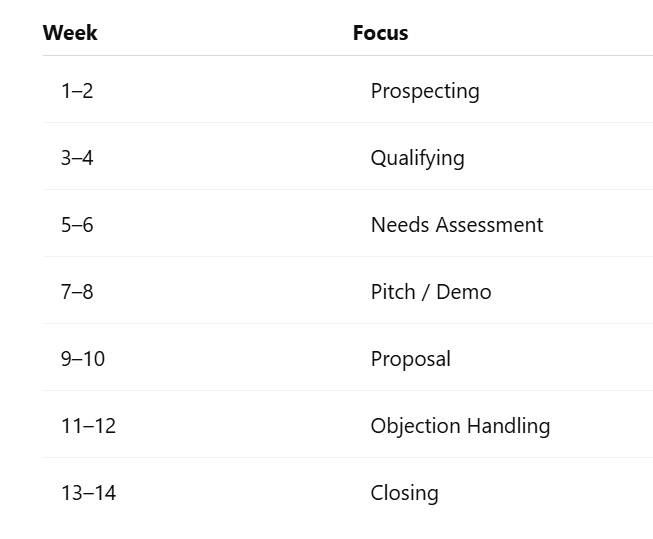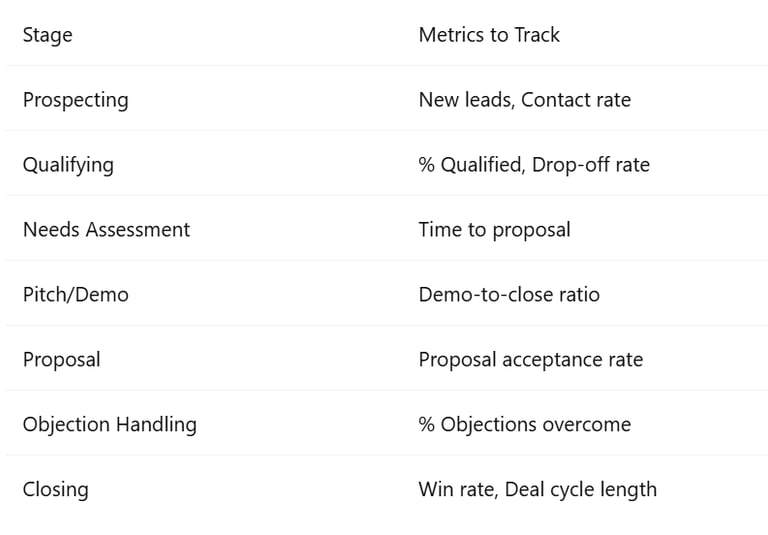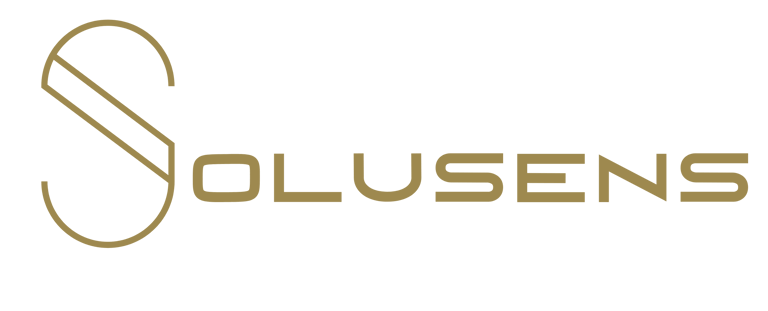
A Guide to Sales System, Process & Workflows



What Is a Sales System?
A sales system is the full structure behind how your company finds leads, nurtures them, and turns them into paying customers — predictably and repeatedly.
It’s made up of three core layers:
Sales Process – The steps your team follows
Sales Workflows – The actions taken based on what happens at each step
Sales Tools – The software and automation that supports both
When these work together, you get:
✅ Consistency
✅ Predictable growth
✅ Less stress and chaos
Sales Process: The 7 Essential Steps
These are the standard stages most B2B companies follow:
1. Prospecting
Find potential leads through web research, LinkedIn, or tools like Apollo. Focus on Ideal Customer Profile (ICP).
Action: Research, add to CRM and automated outreach tools
2. Qualifying
Ask questions to check if the lead is worth pursuing (do they have need, budget, timing?).
Action: Quick call, email exchange, or LinkedIn chat
Outcome: Decide if it moves forward or drops
3. Needs Assessment
Understand their actual pain points and what success looks like to them. This shapes your proposal.
Action: Discovery call
4. Pitch or Demo
Present your solution based on what you’ve learned. Tailor it. Make it about them.
Action: Personalized demo or presentation
5. Proposal
Present quote or formal offer with terms, price, and scope.
6. Objection Handling
Address doubts or hesitations (price, trust, timeline).
Tip: Listen > Defend. Reframe, reassure, educate.
7. Closing
Send contract, follow up, and finalize deal.
Action: Signed contract, handoff to delivery/customer success
Sales Workflows: What Happens at Each Step
A sales workflow adds logic to the process. It guides what to do based on how the prospect responds.
Example (Pitch stage):
Prospect says "not now" → move to nurture list (follow-up in 3 months)
Prospect loves it → send proposal
Workflows ensure:
Fewer forgotten leads
Standardized follow-ups
Higher conversion rates
Tools to Power Your Sales System
Keep it lean but powerful:
1. CRM
Track leads, activity, stages, and follow-ups
2. Automation
Run email + LinkedIn outreach with automated smart sequences
3. Lead Data
Find contact info for your ICP
4. Learning
Proper training
Rollout Plan – One Stage at a Time
Avoid overwhelm. Build your system step-by-step:
For each stage:
Define the goal
Document actions
Train your team
Track and improve
Key Metrics by Stage
Team Roles (or How to Handle Solo)
Standard Setup:
BDR/SDR: Finds and qualifies leads
AE: Runs pitch, handles objections, closes
CS: Manages client after deal is signed
If you’re solo or small:
Split your calendar by function (e.g., mornings = prospecting, afternoons = closing)
Sample Sales Cadence
Example outreach sequence:
Day 1: LinkedIn connect + email
Day 3: Follow-up email
Day 6: Engage with content
Day 8: Call
Day 12: Final message
Stay consistent. Most replies happen after touch #4.
What a Good Sales System Looks Like
Leads don’t slip through the cracks
Everyone knows what to do next
Sales cycles are shorter and clearer
Results are trackable and predictable
Feedback improves the system over time
Final Thoughts: This Never Ends
Your sales system is never "done." Your market, product, and customer behavior will evolve — and your system must evolve too.
Keep learning, testing, and improving. That’s how you build a sales machine — Build it once, and then fine-tune!
Need help implementing this? Let’s talk.





